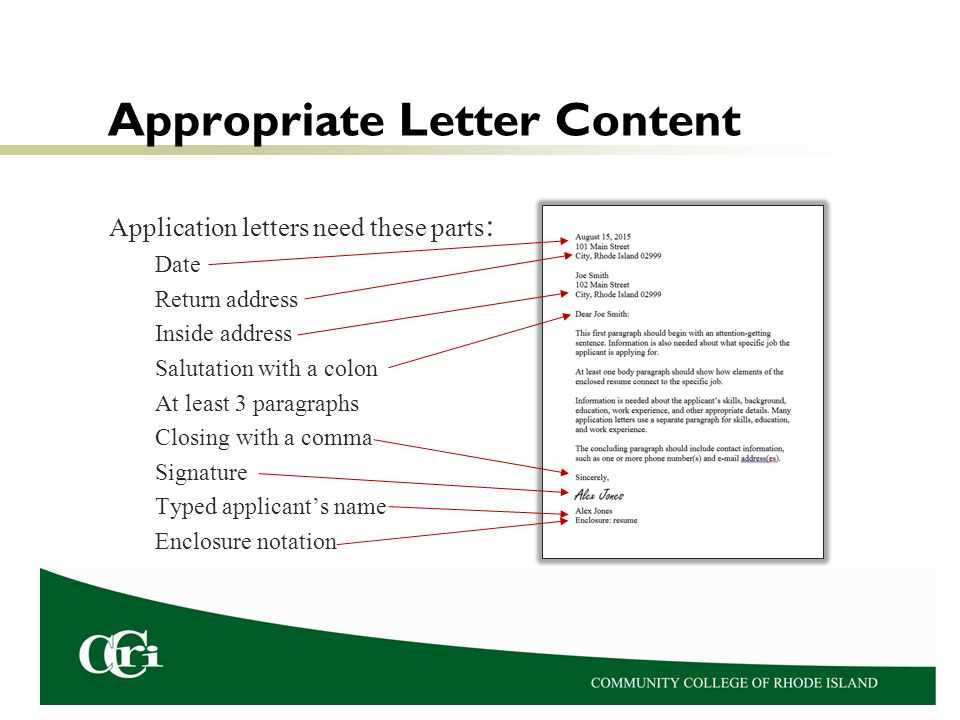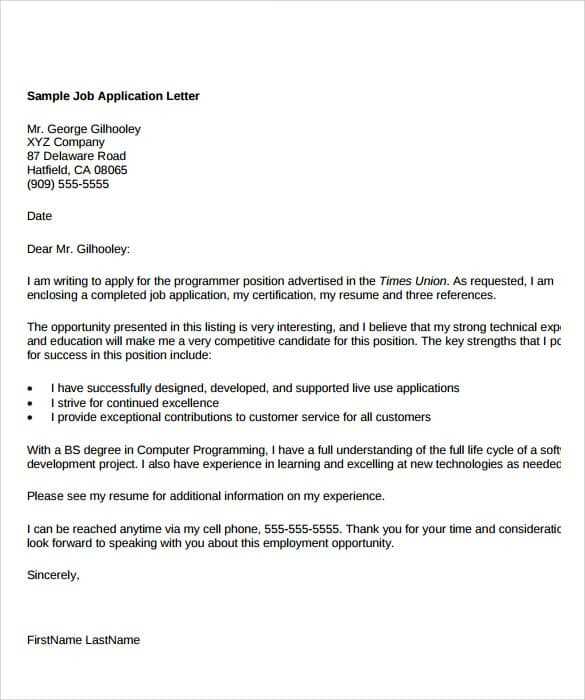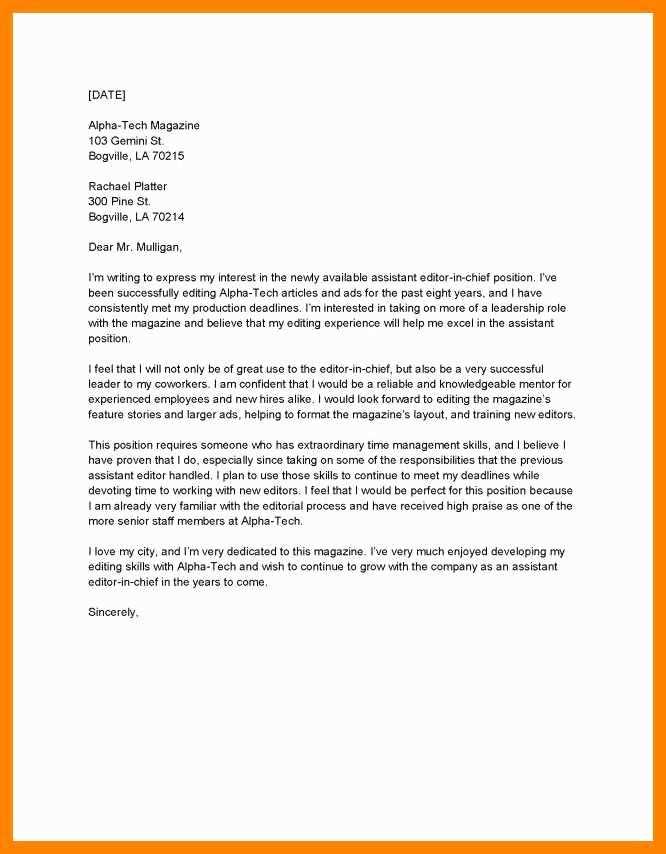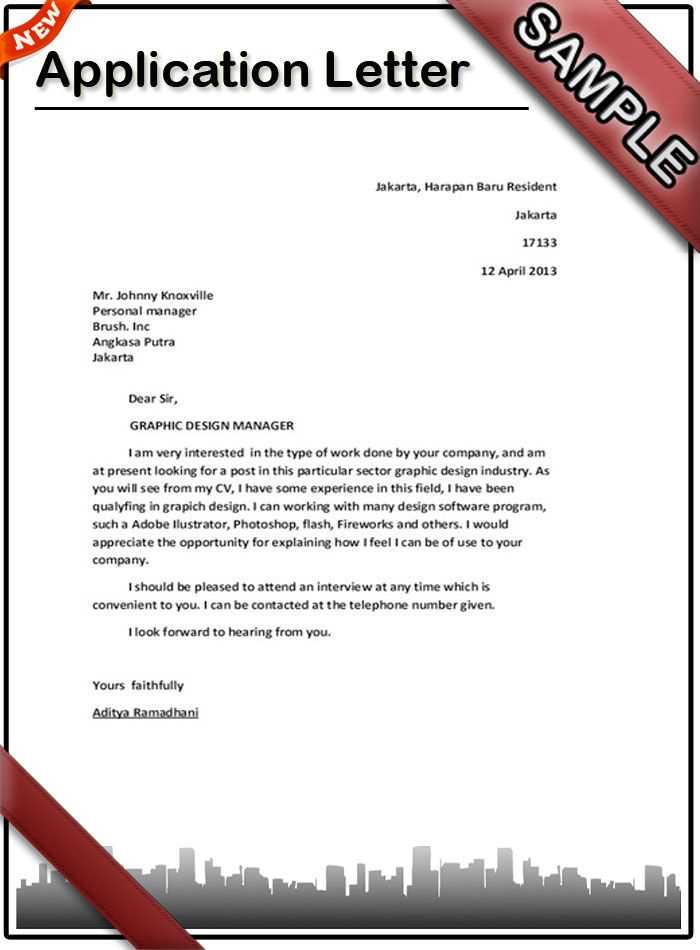Writing a letter of application template

How’s it going with your project? Are you working on any specific sections right now, or just brainstorming ideas?
Writing a Letter of Application Template
Begin your letter by addressing the recipient with their proper title and name. If you don’t know their name, use a general greeting like “Dear Hiring Manager.” Make sure the tone remains polite and respectful throughout.
In the first paragraph, clearly state the position you are applying for and how you came across the job opening. Mention any mutual connections or references if applicable. This helps establish context for the reader right away.
The second paragraph should focus on why you are a suitable candidate. Highlight your relevant skills, qualifications, and experiences. Be specific about how these attributes align with the role you are applying for. Avoid vague statements and instead, demonstrate your value with concrete examples.
Next, express your enthusiasm for the company and explain why you are drawn to their mission, culture, or recent achievements. This shows that you’ve done your research and are genuinely interested in the organization.
In your closing paragraph, indicate your interest in discussing your qualifications further. Mention that you are available for an interview and provide your contact information. Thank the recipient for considering your application.
End with a professional sign-off such as “Sincerely” or “Best regards,” followed by your name. Double-check for any spelling or grammatical errors before sending the letter to ensure your professionalism is reflected in every detail.
Structuring the Opening Paragraph
Begin by clearly stating the position you are applying for and how you found out about it. This provides immediate context and shows that you’re focused on the specific role. Use a direct and confident tone to establish your interest without over-explaining.
For example, mention the company’s name and a brief reference to why the role aligns with your career goals or qualifications. Avoid generic statements, and focus on specifics that reflect your knowledge about the company and position.
- Example: “I am writing to express my interest in the Marketing Manager position at ABC Corp, which I discovered on your company website.”
- Example: “After reviewing the job listing on LinkedIn, I am excited to apply for the Data Analyst role at XYZ Ltd, as my skills in data analysis align with your team’s needs.”
Directly connecting your experience with the job posting helps you stand out from candidates who might use a more generic introduction.
Detailing Your Qualifications and Experience
Clearly showcase your key achievements and abilities. Focus on concrete examples that align with the job requirements. Highlight specific skills or qualifications that demonstrate your suitability for the position. Whether it’s technical expertise or leadership experience, focus on results rather than generalities.
Professional Experience

List your roles in reverse chronological order, emphasizing achievements that directly relate to the job you’re applying for. Mention specific projects you’ve led, key contributions, or any innovations you introduced. Use quantifiable results to highlight your impact, such as percentages, numbers, or milestones.
Key Skills
Provide a succinct overview of the skills that make you stand out. Be specific about the tools, software, or methods you are proficient in. If the job involves teamwork, mention how your collaborative approach led to successful outcomes. For more technical roles, mention certifications or special training that set you apart.
| Role | Achievements | Skills Used |
|---|---|---|
| Senior Project Manager | Led a cross-functional team to complete a major project on time and under budget | Project management, budgeting, team leadership |
| Marketing Specialist | Increased web traffic by 40% through targeted digital marketing campaigns | SEO, content creation, analytics |
| Software Engineer | Developed an application that improved process efficiency by 25% | C++, Python, problem-solving |
Highlighting Relevant Skills for the Role
Focus on skills directly connected to the role. Match your abilities with the key requirements mentioned in the job description. Tailor each skill to show how it applies to the tasks and responsibilities you will be taking on.
Practical Skills
List skills you can demonstrate with clear examples. Show how you’ve used them in past roles or projects. Whether it’s software proficiency, problem-solving, or hands-on experience, detail your achievements:
- Proficiency in tools or software the company uses
- Ability to manage multiple tasks effectively
- Experience with customer relations or client-facing roles
Transferable Skills
Highlight skills that can be transferred from previous roles. These skills are valuable across various industries and job functions:
- Communication: Ability to convey ideas clearly and effectively
- Leadership: Experience in guiding teams toward meeting goals
- Time Management: Prioritizing tasks to meet deadlines consistently
Demonstrating Your Enthusiasm for the Position
Show that you are genuinely excited about the opportunity by connecting your skills and interests directly to the role. Mention specific aspects of the job that align with your values and passions. For example, if the position involves project management, highlight your excitement about leading teams and executing strategies that drive success. Be specific about how your past experiences have prepared you for this responsibility and express how eager you are to apply them in a new environment.
Highlight Your Long-Term Interest
It’s not just about the role itself but also about your long-term vision. Share how the position fits into your career goals and how you see yourself growing within the company. Employers value candidates who are looking for opportunities to stay and evolve with the business. Reinforce your commitment by showing that this position is more than just a job–it’s a step toward achieving your personal and professional aspirations.
Personalize Your Approach

Tailor your language to reflect enthusiasm in a way that feels natural and sincere. Avoid generic phrases, and instead, convey genuine interest by using specifics. If you know about the company’s culture or have followed recent projects, bring them up to demonstrate your engagement. This not only proves your enthusiasm but also shows that you’ve done your homework and are excited to contribute to the team’s success.
Requesting an Interview and Offering Availability
Clearly state your interest in scheduling an interview. Offer specific times and dates that work for you, demonstrating flexibility while respecting the recipient’s time. Mention your willingness to adjust if needed, but keep the tone professional and focused. For instance, you could say, “I am available on Monday afternoon or Wednesday morning, but I am happy to accommodate your schedule.” If you prefer a virtual or in-person meeting, indicate that preference to simplify the process.
Be concise, providing only the necessary information to make scheduling as easy as possible. Keep the focus on your availability, without unnecessary elaboration or irrelevant details. Reaffirm your eagerness to discuss how you can contribute to the organization and offer a brief reminder of the value you bring. Close with a polite statement, such as, “I look forward to your reply and hope to meet soon.”
Closing the Letter with Professional Courtesy

Finish your application letter with a strong, respectful close. Use clear, polite language that leaves a positive impression. Express your enthusiasm for the opportunity without being overly familiar. Acknowledge the recipient’s time and consideration.
Express Gratitude
Thank the reader for their attention to your application. A simple statement such as “Thank you for considering my application” shows appreciation and reinforces professionalism. Keep it short and straightforward.
Offer Next Steps
End by suggesting a follow-up action. You can mention your availability for an interview or your openness to discuss further details. For example, “I look forward to the opportunity to discuss how my skills can contribute to your team” signals proactive engagement while maintaining politeness.